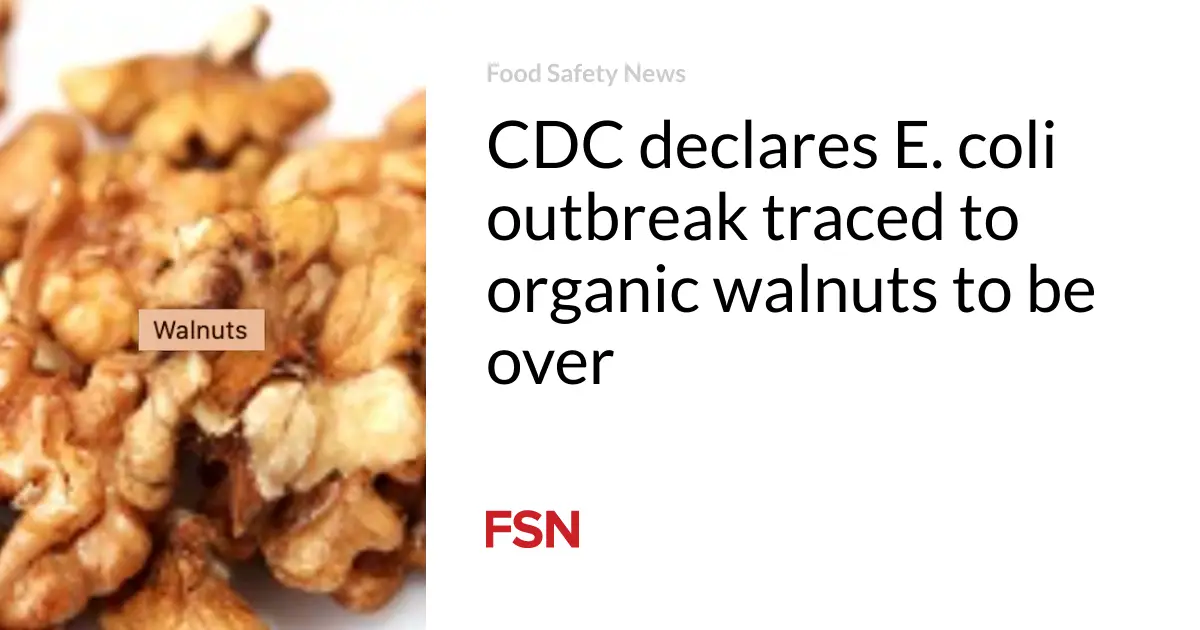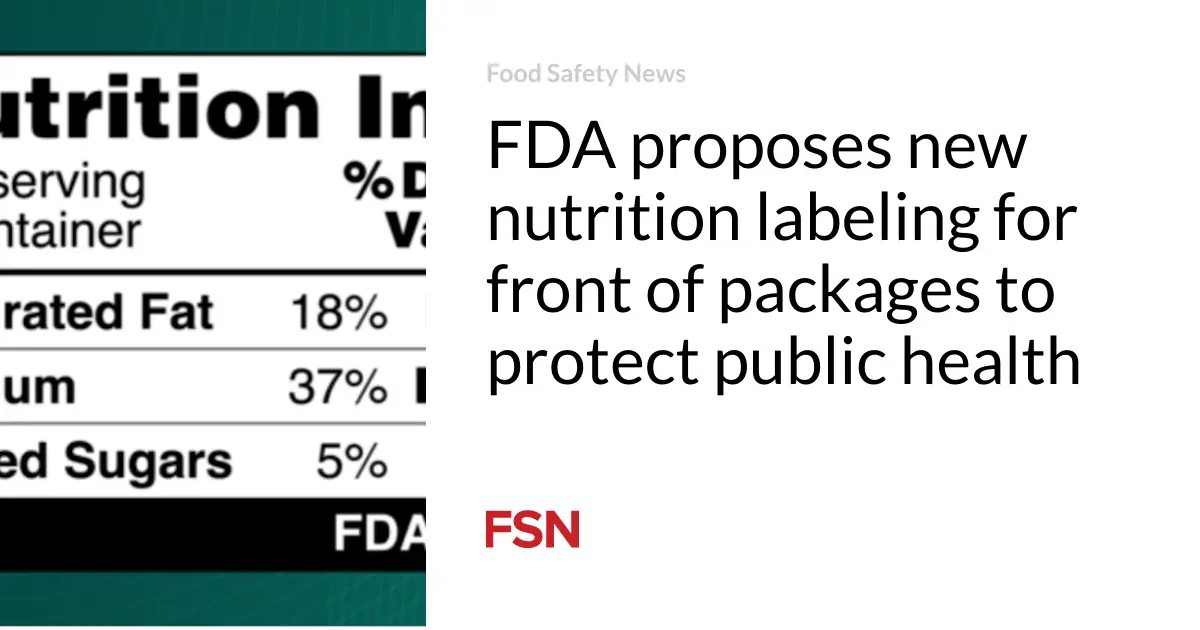
An outbreak of E. coli infections traced to organic walnuts has been declared over.
The outbreak sickened 13 people in Washington and Oregon, according to the Centers for Disease Control and Prevention. Seven of the patients required hospitalization. No deaths were reported, but two of the patients developed acute kidney failure.
The last known infection from E. coli O157:H7 was reported on April 4.
A traceback investigation by the Food and Drug Administration identified Gibson Farms Inc. as the common supplier of walnuts in this outbreak. On April 27 Gibson Farms Inc. initiated a voluntary recall and contacted their distributing customers.
The organic walnuts were distributed in natural food stores and co-ops in the following states: Alaska, Arkansas Arizona, California, Colorado, Hawaii, Idaho, Kansas, Louisiana, Montana, Nebraska, New Mexico, Nevada, Oregon, South Dakota, Texas, Utah, Washington and Wyoming.
The walnuts may have been repackaged in containers without indication they were from Gibson Farms.
There is some concern that consumers may have frozen the implicated walnuts for future use. Anyone who eats walnuts and develops symptoms of E. coli infection should immediately seek medical attention. Freezing does not kill the bacteria.
About E. coli infections
Specific tests are required to diagnose the infections, which can mimic other illnesses.
The symptoms of E. coli infections vary for each person but often include severe stomach cramps and diarrhea, which is often bloody. Some patients may also have a fever. Most patients recover within five to seven days. Others can develop severe or life-threatening symptoms and complications, according to the Centers for Disease Control and Prevention (CDC).
About 5 to 10 percent of those diagnosed with E. coli infections develop a potentially life-threatening kidney failure complication, known as a hemolytic uremic syndrome (HUS). Symptoms of HUS include fever, abdominal pain, feeling very tired, decreased frequency of urination, small unexplained bruises or bleeding, and pallor.
Many people with HUS recover within a few weeks, but some suffer permanent injuries or death. This condition can occur among people of any age but is most common in children younger than five years old because of their immature immune systems, older adults because of deteriorating immune systems, and people with compromised immune systems such as cancer patients.
People who experience HUS symptoms should immediately seek emergency medical care. People with HUS will likely be hospitalized because the condition can cause other serious and ongoing problems such as hypertension, chronic kidney disease, brain damage, and neurologic problems.






